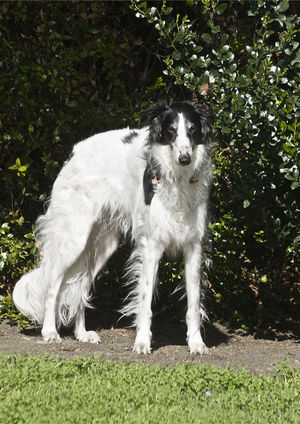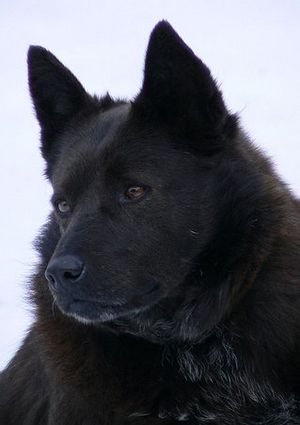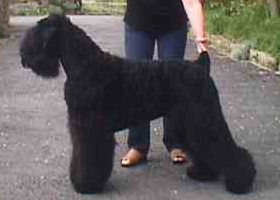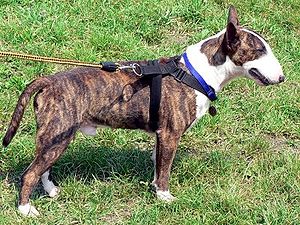 |
| Vital Statistics: |
| Place of Origin: United States |
| Group: Sighthound |
| Height: 18-24 in. |
| Weight: males 33-55 lbs., females 22-45 lbs. |
| Life span: late teens, 15-18 yrs. |
| Trainability: high |
| Good with children: yes |
| Good with other pets: care should be taken due to high prey drive |
What is the origin of the Silken Windhound?
The Silken Windhound owes its origins to the Borzoi along with Whippet-based lurchers and Whippets. Silkens are a fairly new breed created by the Kristull Kennel in the 1980s. It is a smaller sighthound than the Borzoi with a great temperament and good health.
What does the Silken Windhound look like?
Silkens are small to medium size elegant looking dogs. Height is 18-24 inches. Weight for males is 33-55 lbs., females 22-45 lbs. The almond-shaped eyes are large and dark. The fine-textured ears are folded and lie back along the neck. Ears are pricked when alert. Nose is dark. Tail is long and low, curved at the lower part. There is feathering on the legs, chest, neck and tail. The coat is long and silky soft. All colors and color combinations are acceptable. The coat should be brushed weekly.
What is the temperament of the Silken Windhound?
The Silken Windhound is an even-tempered, friendly, affectionate dog. As with all dogs, early basic obedience training and socialization are necessary. Silkens are clean dogs and practically house train themselves. They can be okay with cats, but do have a strong prey drive. They are good with other dogs. Silkens love everyone, great with children and very devoted to their family. They love to run and a daily walk or jog satisfies their exercise needs and will do okay in apartments. While they will alert you to someone coming, they are not particularly good guard dogs.
What is the Silken Windhound used for?
Silkens do very well in lure coursing, agility, as service dogs and therapy dogs. With their great temperaments, Silkens are wonderful, loving companions.
Possible Health Issues
Lotus Syndrome, a fatal disease similar to human, akinesia deformation sequence; affected puppies do not survive long.
- Alaskan Klee Kai
- Alaskan Malamute
- American Cocker Spaniel
- American Eskimo Dog
- American Foxhound
- American Pit Bull Terrier
- American Stratfordshire Terrier
- Australian Shepherd
- Bichpoo
- Black and Tan Coonhound
- Blue Lacy
- Boston Terrier
- Boykin Spaniel
- Carolina Dog
- Catahoula Leopard Dog
- Chesapeake Bay Retriever
- Chinook
- English Shepherd
- Maltipoo
- Mi Ki
- Miniature American Shepherd
- Mountain Cur
- Plott Hound
- Rat Terrier
- Redbone Coonhound
- Redtick Coonhound
- Toy Fox Terrier
- Treeing Tennessee Brindle



